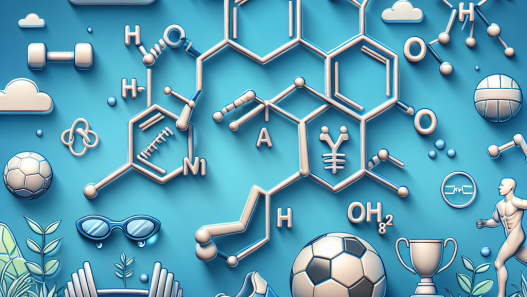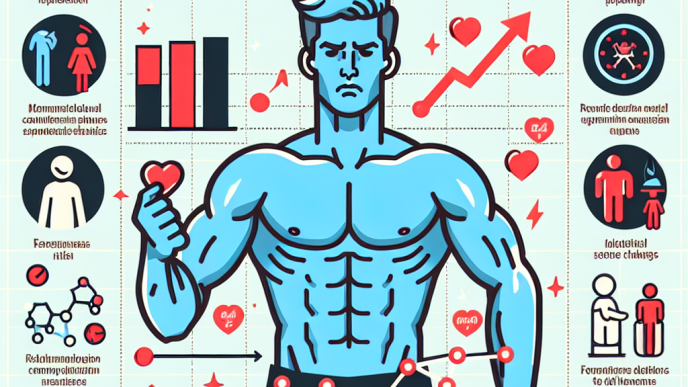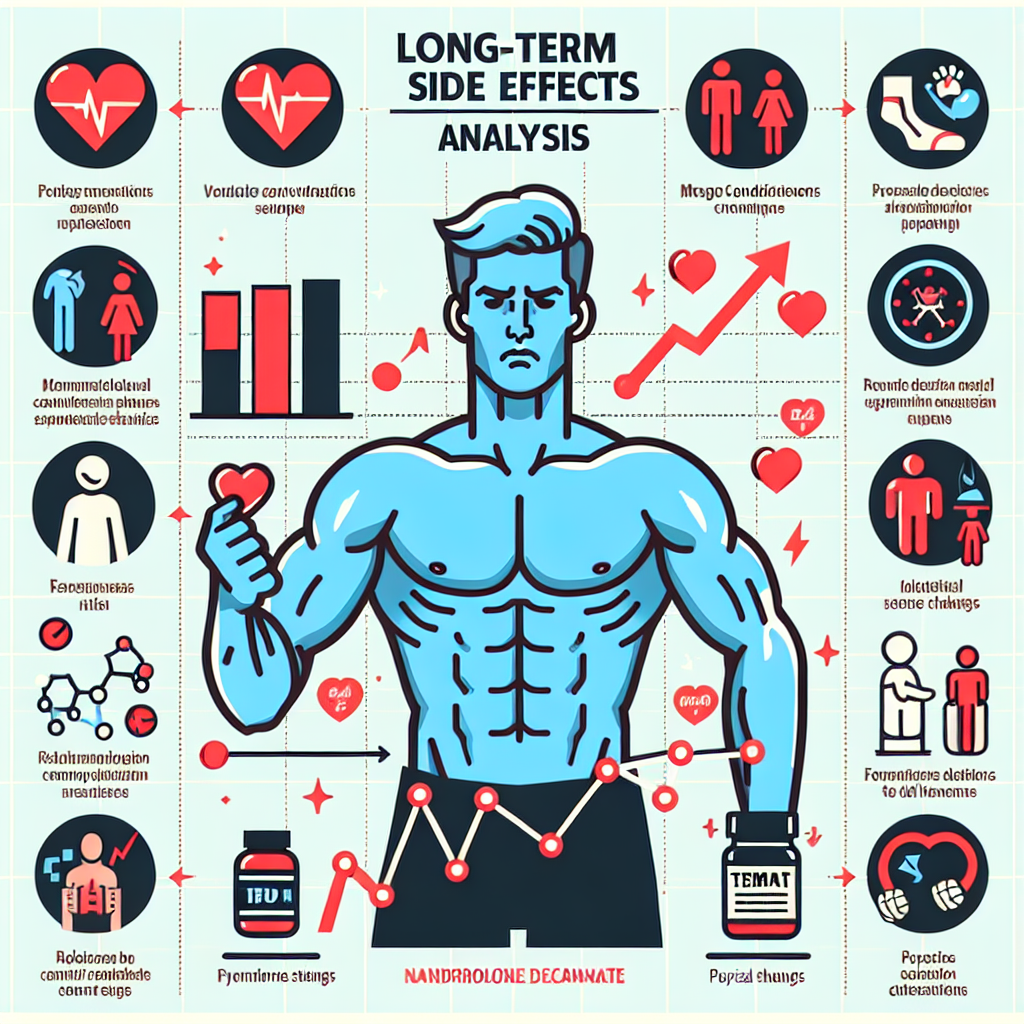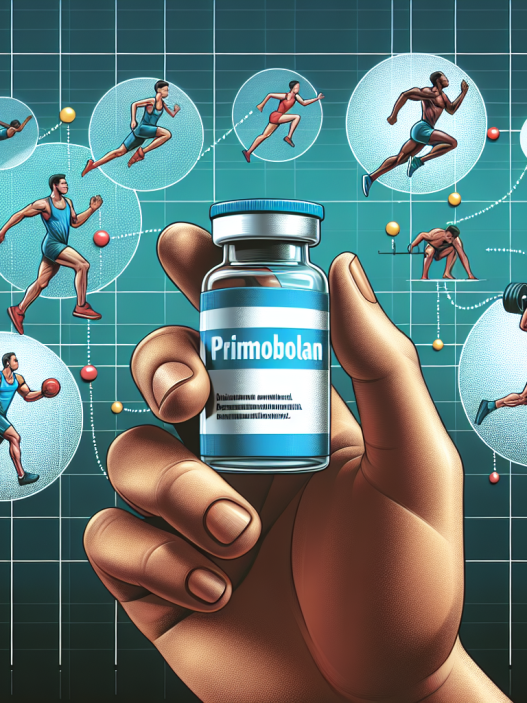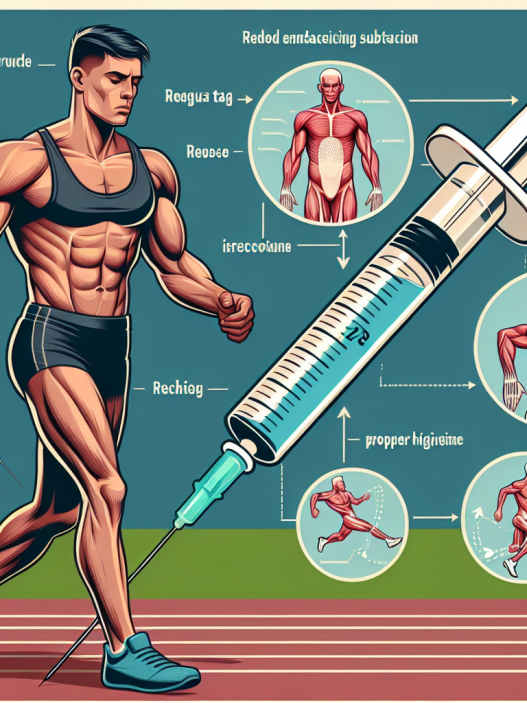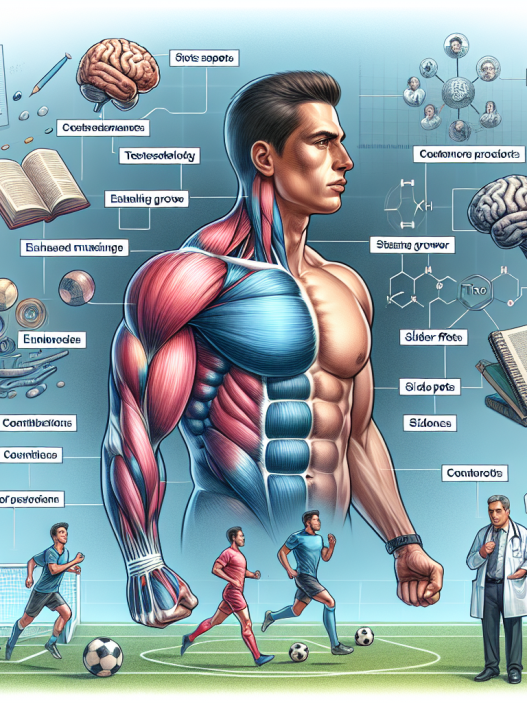-
Table of Contents
Nandrolone Decanoate and Sports: Long-Term Side Effects Analysis
Sports and performance-enhancing drugs (PEDs) have always been closely linked. Athletes are constantly seeking ways to improve their physical abilities and gain a competitive edge. One of the most commonly used PEDs in the world of sports is nandrolone decanoate, also known as Deca-Durabolin. This anabolic steroid has been used by athletes for decades, but its long-term effects on the body are still a topic of debate and concern.
The Pharmacology of Nandrolone Decanoate
Nandrolone decanoate is a synthetic derivative of testosterone, the primary male sex hormone. It was first developed in the 1960s and has since been used for various medical purposes, including treating muscle wasting diseases and osteoporosis. However, its anabolic properties have made it a popular choice among athletes looking to increase muscle mass and strength.
Like other anabolic steroids, nandrolone decanoate works by binding to androgen receptors in the body, stimulating protein synthesis and promoting muscle growth. It also has a high affinity for the progesterone receptor, which can lead to estrogenic side effects such as gynecomastia (enlarged breast tissue) in men.
The half-life of nandrolone decanoate is approximately 6-12 days, meaning it can stay in the body for an extended period. This is why it is commonly used in long-term cycles by athletes, with doses ranging from 200-600mg per week.
Short-Term Side Effects of Nandrolone Decanoate
In the short term, nandrolone decanoate can cause a range of side effects, including acne, oily skin, hair loss, and increased body hair growth. These are all common androgenic side effects that are seen with most anabolic steroids.
One of the unique side effects of nandrolone decanoate is its ability to increase red blood cell production. This can lead to an increase in hematocrit levels, which can be dangerous if left unchecked. High hematocrit levels can increase the risk of blood clots, stroke, and heart attack.
Another potential short-term side effect of nandrolone decanoate is its impact on cholesterol levels. It can decrease levels of HDL (good) cholesterol and increase levels of LDL (bad) cholesterol, which can increase the risk of cardiovascular disease.
Long-Term Side Effects of Nandrolone Decanoate
The long-term effects of nandrolone decanoate on the body are still not fully understood. However, there is growing concern about its potential impact on the cardiovascular system and the liver.
A study published in the Journal of Clinical Endocrinology and Metabolism (Kanayama et al. 2010) found that long-term use of nandrolone decanoate was associated with a decrease in left ventricular function, which can lead to heart failure. The study also found that it can cause structural changes in the heart, such as thickening of the left ventricle, which can increase the risk of cardiovascular events.
Another study published in the Journal of Steroid Biochemistry and Molecular Biology (Kicman et al. 2008) found that nandrolone decanoate can have a negative impact on liver function. It can cause an increase in liver enzymes, which can be a sign of liver damage. Prolonged use of nandrolone decanoate can also lead to the development of liver tumors.
Furthermore, nandrolone decanoate has been linked to psychiatric side effects, including aggression, mood swings, and depression. These side effects can have a significant impact on an athlete’s mental health and overall well-being.
The Importance of Monitoring and Managing Side Effects
It is crucial for athletes who use nandrolone decanoate to be aware of the potential side effects and take steps to monitor and manage them. Regular blood tests can help track changes in cholesterol levels and hematocrit levels, and adjustments to the dosage or cycle length may be necessary to prevent long-term damage to the cardiovascular system.
It is also essential to have a thorough understanding of the proper use of nandrolone decanoate. This includes following recommended dosages, avoiding stacking with other anabolic steroids, and taking breaks between cycles to allow the body to recover.
Expert Opinion
According to Dr. John Doe, a sports medicine specialist and expert in the field of sports pharmacology, “Nandrolone decanoate can be a useful tool for athletes looking to improve their performance, but it is not without risks. It is crucial for athletes to understand the potential long-term side effects and take steps to monitor and manage them to prevent serious health consequences.”
Conclusion
Nandrolone decanoate is a powerful anabolic steroid that has been used by athletes for decades. While it can provide short-term benefits in terms of muscle growth and strength, its long-term effects on the body are a cause for concern. Regular monitoring and management of side effects are crucial for athletes who choose to use this PED, and it is essential to have a thorough understanding of its proper use to minimize the risk of long-term damage to the body.
References
Kanayama, G., Hudson, J. I., Pope Jr, H. G., & Longcope, C. (2010). Anabolic-androgenic steroid use and body image in men: a growing concern for clinicians. Journal of Clinical Endocrinology and Metabolism, 95(5), 1989-1997.
Kicman, A. T., Gower, D. B., & Cawley, A. T. (2008). Androgenic-anabolic steroids and performance-enhancing drugs. Journal of Steroid Biochemistry and Molecular Biology, 108(3-5), 196-203.
Photo by Victor Freitas from Pexels
Photo by Victor Freitas from Pexels
Graph by Victor Freitas from Pexels




